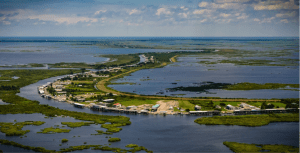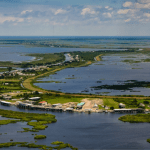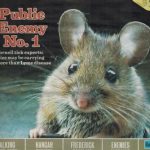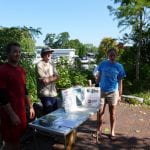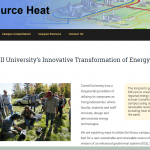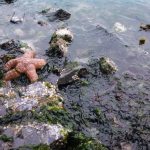Publication: Frames, facts, and the science of communication environmental crises
- January 2020: Josephine Martell published an article in Conservation Biology along with Amanda Rodewald: https://doi.org/10.1111/cobi.13424
Article in press: Earthquake country: a qualitative analysis of risk communication via Facebook
- January 2020: Cat Lambert’s research on earthquake risk communication and social media has been accepted for publication at Environmental Communication (DOI:10.1080/17524032.2020.1719176).
Grant awarded: Cornell Atkinson Center for Sustainability
- December, 2019: Josephine Martell won a grant from the Atkinson Sustainable Biodiversity Fund to fund part of her research to test, through a national survey, which biodiversity and conservation frames are most successful at persuading the public on conservation issues in the realms of policy, advocacy, fundraising, and personal behavior change.
Assessing the Influence of Coastal Risk Perceptions on Responses to Climate Change
- August 2019: New Research Collaboration with the Environmental Defense Fund
With nearly 42% of the population, U.S. coastal areas could experience cumulative climate-driven damages as high as $3.6 trillion by 2100, compared to $820 billion where cost-effective adaptation measures are implemented. Although some adaptation measures must be implemented by government entities (such as barrier island restoration or beach nourishment), many others measures will be decided, funded and implemented by individuals (such as home elevation, relocation, and shoreline protection). Understanding the potential drivers to taking action in response to these challenges is this study’s central focus. Specifically, it investigates the influence of risk perceptions related to climate change on intentions to take individual action in response to coastal challenges.
Investigators: Natalie Peyronnin Snider, Science Policy Director at EDF working on coastal resilience and adaptation; Katherine McComas, Professor of Communication, Cornell, and Jason Holley, PhD candidate, Dept. of Communication, Cornell.
Get the Lead Out: Alternative Ammunition Can Solve a One Health Conundrum
- May 2019: New Grant Awarded from Cornell Atkinson Center for a Sustainable Future
 Despite successful efforts to remove lead from gasoline, paint, household products and drinking water, it persists in hunting ammunition and continues to harm the humans, bald eagles and other omnivores who ingest it when consuming game meat, typically venison. Evidence suggests there is little awareness among hunters or other consumers that venison may be contaminated by lead particles. Researchers will test messages with hunters and nonhunters via short videos that highlight the risks of lead ammunition to wildlife and human health, and describe non-lead alternatives.
Despite successful efforts to remove lead from gasoline, paint, household products and drinking water, it persists in hunting ammunition and continues to harm the humans, bald eagles and other omnivores who ingest it when consuming game meat, typically venison. Evidence suggests there is little awareness among hunters or other consumers that venison may be contaminated by lead particles. Researchers will test messages with hunters and nonhunters via short videos that highlight the risks of lead ammunition to wildlife and human health, and describe non-lead alternatives.
Investigators: Krysten Schuler, population medicine and diagnostic sciences; Katherine McComas, communication; Elizabeth Bunting, population medicine and diagnostic sciences; Brenda Hanley, population medicine and diagnostic sciences.

